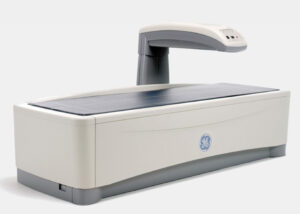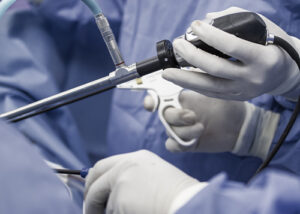To diagnose your hammertoe, your provider usually performs a physical examination and X-rays to evaluate your bones further.
An array of treatments may be recommended for your hammertoe, such as:
- Orthotics (aperture pads, inner soles, and other accommodative foot products to improve comfort)
- Specialized exercises to disperse inflammation and strengthen the toe muscles
- Medications to relieve any pain or inflammation
- Surgery to correct bone structure and restricted tendons
It’s best to choose comfortable shoes and make sure you get plenty of rest. Multiple treatments tend to work best when used together as part of a personalized treatment plan. The severity of hammertoe varies. For more severe cases, surgery can be a valuable solution.
Hammertoe surgery
Surgery is typically performed under general anesthesia. Your provider makes a small incision on the top of your joint and carefully removes the excess bone from your toe. Your provider might also release the tendon that’s preventing your toe from lying flat. If necessary, screws can be placed to stabilize and permanently maintain the surgical correction.
The recovery from a hammertoe surgery usually takes around two to four months, and you can use a surgical shoe or a specialized assistive device to help you walk around while you heal.
To find out more about available options for hammertoe, call Gardner Orthopedics or schedule online today.






































